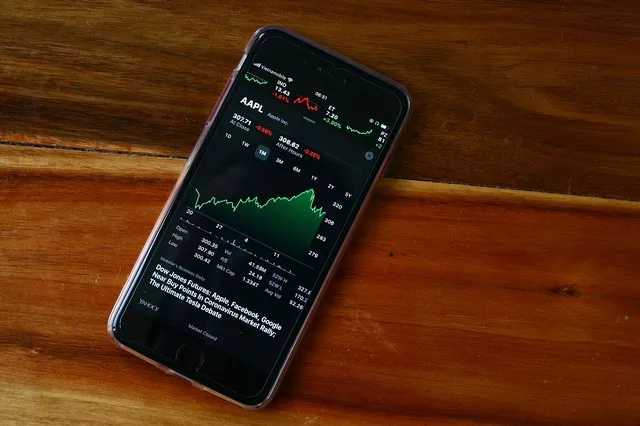In the realm of financial markets, Treasury bond futures stand out as a key instrument for investors seeking exposure to government debt securities. These futures contracts, traded on exchanges such as the Chicago Mercantile Exchange (CME), provide a means for market participants to speculate on or hedge against movements in Treasury bond prices. Understanding the margin requirements associated with trading Treasury bond futures is essential for investors looking to engage in this market.
What are Margin Requirements in Futures Trading?
Margin requirements play a pivotal role in futures trading by determining the amount of capital that traders must deposit to initiate and maintain positions in futures contracts. They serve as a form of collateral to mitigate counterparty risk and ensure the integrity of the futures market. Margin requirements are typically expressed as a percentage of the total contract value and are subject to variation based on factors such as market volatility and regulatory guidelines.
Understanding Margin Requirements for Treasury Bond Futures
In the context of Treasury bond futures, margin requirements dictate the initial and maintenance margin levels that traders must maintain to hold positions in these contracts. The margin requirements for Treasury bond futures are established by the exchange on which they are traded, with oversight from regulatory bodies such as the Commodity Futures Trading Commission (CFTC) in the United States. These requirements are designed to ensure sufficient liquidity and risk management in the futures market.
Factors Influencing Margin Requirements
The margin requirements for Treasury bond futures are influenced by various factors, including the volatility of the underlying bond market, interest rate movements, and market liquidity. Higher levels of volatility and uncertainty typically result in higher margin requirements to account for increased risk exposure. Additionally, changes in regulatory policies or market conditions may prompt adjustments to margin requirements to maintain market stability and integrity.
Initial Margin vs. Maintenance Margin
In futures trading, margin requirements are divided into two categories: initial margin and maintenance margin. The initial margin is the amount of capital that traders must deposit to initiate a futures position. It represents a percentage of the total contract value and serves as collateral against potential losses. The maintenance margin, on the other hand, is the minimum amount of capital that traders must maintain in their accounts to keep their positions open. If the account balance falls below the maintenance margin level, traders may be required to deposit additional funds to meet margin calls.
Risk Management and Margin Calls
Margin requirements play a crucial role in risk management for futures traders. By maintaining adequate margin levels, traders can mitigate the risk of default and protect against losses resulting from adverse price movements. Margin calls occur when the account balance falls below the maintenance margin level, prompting traders to deposit additional funds to restore the required margin levels. Failure to meet margin calls may result in position liquidation by the brokerage firm to cover potential losses.
Impact of Leverage
Leverage is a key characteristic of futures trading that magnifies both potential returns and losses. By utilizing leverage, traders can control a larger position with a relatively small amount of capital. However, leverage also increases the importance of margin requirements in managing risk. Higher levels of leverage necessitate stricter margin requirements to safeguard against excessive risk exposure. Traders must carefully consider the impact of leverage on their trading strategies and margin requirements.
Regulatory Oversight and Compliance
Regulatory bodies such as the CFTC oversee futures markets to ensure fairness, transparency, and market integrity. Margin requirements are subject to regulatory oversight to prevent excessive speculation and maintain market stability. Regulatory frameworks dictate margin levels, position limits, and reporting requirements to safeguard market participants and promote orderly trading. Compliance with regulatory guidelines is essential for futures traders to avoid penalties and maintain the integrity of the market.
Conclusion
In conclusion, margin requirements are a fundamental aspect of futures trading, including Treasury bond futures. These requirements serve as a form of collateral to mitigate counterparty risk and ensure the integrity of the futures market. Understanding and adhering to margin requirements is essential for futures traders to manage risk effectively and avoid margin calls. By maintaining adequate margin levels, traders can protect against losses and navigate the complexities of futures trading with confidence and resilience.


